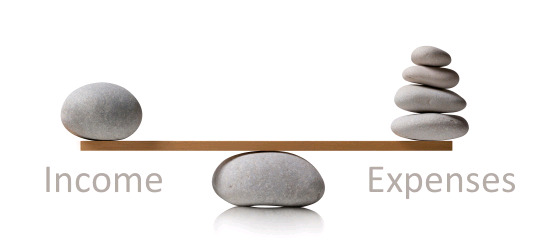 Each year in January, many dental practices make adjustments to their FFS (Fee for Service) fee schedule to help cover rising expenses in their business and to, hopefully, generate higher profit margins. There are many approaches to determining these new fees:
Each year in January, many dental practices make adjustments to their FFS (Fee for Service) fee schedule to help cover rising expenses in their business and to, hopefully, generate higher profit margins. There are many approaches to determining these new fees:
- There is the “across the board” approach where practices increase fees between 3% and 7% for all services.
- In some practices, the dentist and office manage review the fees of the Top-25 services and make adjustments based on “gut feelings” of what they believe the patient would be willing to pay.
- Other practices secure a copy of an industry fee survey from a third-party company that has done some research on the market conditions in their specific area. Basically, the company collected and compiled survey data from other practices in same zip code to let the dentist know what others are charging for the same services. Practices then compare their current fee schedule against the survey data, choose a percentile in which they feel comfortable competing, and start adjusting fees to fit the pattern.
These approaches have been around forever but, how do you know that these are the right fees? Are they too low or too high? Do your fees actually support your practice being profitable?
What does it cost to operate your practice?
Before making changes to any fees, you must understand the hourly Direct Operating Costs (DOC) of your practice.
Direct Operating Costs include rent, payroll (include a base salary for the dentist when calculating – you shouldn’t work for free), lab and supply fees, equipment fees, insurance costs, phones, etc.; everything you spend money on each month. Print a report from your accounting software (QuickBooks, Peachtree, etc.) for a 3-month period. Divide that total by “3” to get an accurate monthly expense/cost average.
Now calculate the average number of hours you work in a month. The average practice operates 4-days/week and plans to see patients 8 hours per day. Allowing for 4-weeks of vacation annually, the average practices sees patients about 133 hours per month (48 weeks/year x 4 days/week x 8 hours/day).
Now to calculate the hourly DOC, divide the total monthly expense/cost average by the average number of hours worked each month. For example, take a practice that has Average Total Monthly Expenses of $50,000 and the office operates 133-hours per month for a Direct Operating Cost of $375.93 / hour. That means that the practice must produce/collect $3,000 per day just to break-even.
What Procedures Make You A Profit?
Now that you have calculated your hourly DOC, you can objectively look at your business; the typical procedures that make up your daily schedule and how much time it takes to get them done. If you are doing 1- and 2-surface composites in an hour-long appointment, or a crown on a PPO plan in a 2-hour appointment, you may not be meeting your DOC requirement. Look at each procedure with a critical eye. Are there ways for you and you team to operate efficiently or schedule more effectively? A “hole” in the schedule for either the dentist or the hygienist is expensive. Also, understand that every “professional” or “promotional” discount makes a difference in your profitability.
Finally, Make Sure Your Fee Reflects Your Real Value
I will never forget a presentation I heard by legendary dentist, Omer Reed. He said, “A fair fee is any fee that the buyer (the Patient) and seller (the Dentist) can agree upon without remorse and with gratitude.” This is known as a “win-win” situation.
When it comes to dentistry, your patients are always going to think it’s expensive. However, we assume that because they say something about price, that it’s a problem. Price is always a consideration for the consumer regardless of the product or service they are buying. But, don’t create your own “glass ceiling”. People are not only looking for the cheapest price. They are looking for the best value. Even wealthy people don’t want to over pay for something (that’s part of the formula for being wealthy). Also, don’t buy in to the myth that people will only accept treatment for what’s covered by their insurance. It’s our responsibility to understand the wants and needs of our patients and to demonstrate the value we provide.
I suspect that you are an excellent dentist, providing extraordinary dentistry and care. You’re probably committed to Continuing Education and adding new services and procedures to your practice. I also suspect that you have a great team, modern technology and facilities, etc. You probably offer the best materials available to your patients. In all areas, you are continually investing in to your business. I believe that it’s okay to let you patients know everything you do for them. Make sure your fees are “fair” to you as well.
Do you feel well compensated and appreciated for the outstanding service and care you provide your patients? Share you thoughts below.
Elevate Yourself to CEODentist Status!Join us for our next Virtual Academy |
|||
|---|---|---|---|
| Click Here To Learn More About CEODentist Virtual Academy | |||
SHARE THIS POST



